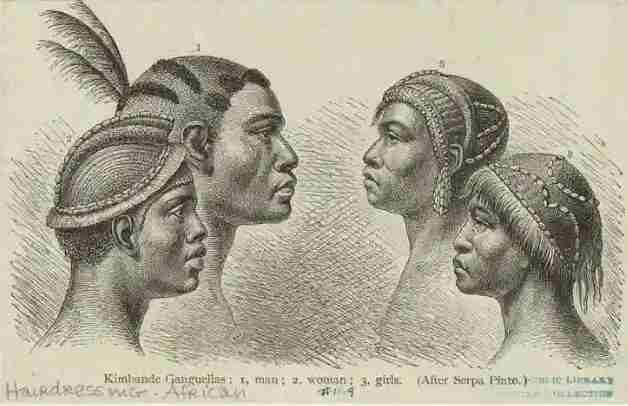The evidence of Greek writer Lucian (ca. 120–190 AD), the satirist from Samosata in his writing introduces two Greeks, Lycinus and Timolaus, who start a conversation.
Lycinus (describing a young Egyptian): “This boy is not merely black; he has thick lips and his legs are too thin . . . his hair worn in a plait behind shows that he is not a freeman”.
Timolaus: “But that is a sign of really distinguished birth in Egypt, Lycinus, All freeborn children plait their hair until they reach manhood. It is the exact opposite of the custom of our ancestors who thought it seemly for old men to secure their hair with a gold brooch to keep it in place.” (Lucian, Navigations, paras 2-3)
A recently discovered papyrus from Egypt informs us that Myron the Greek sculptor of the middle 5th century BC. made statues of the athlete Timanthes, victorious at Olympia in 456 BC, and of Lycinus, victorious in 448 and 444 BC.
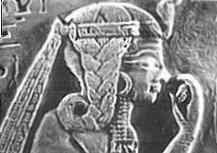
Egypt African royal child art
African civilization had variety of different hairstyles.A lot of person still wearing,inspiring ancient African hairstyles in the world.They had symbolic hairstyles because of tribal traditions.
Hairstyles in Africa and among African Americans are ever- changing, yet deeply rooted in a shared past.
African Bodi tribe woman
Hairdressing in Africa is always the work of trusted friends or relatives. In addition to the amiable social aspects of the event, the hair, in the hands of an enemy, could become an ingredient in the production of a dangerous charm or “medicine” that would injure the owner.
For those of you who would be interested in seeing how our hair ideas and styles have developed and what it means, i have put an article which I think was well written and to the point. Enjoy! Inputs and comments are welcome!
Ask almost any black woman and she will probably tell you that her relationship with her hair is similar to a love affair. Whether it’s the long hours spent waiting at the hair salon, the pain endured from pressing or braiding, or the amount of money spent—hair is truly an obsession. While I realize other cultures value hair, in Black culture hair is extremely significant and often synonymous with identity. And many individuals, such as Don King, Bob Marley, and Angela Davis have used their hair to make a statement.
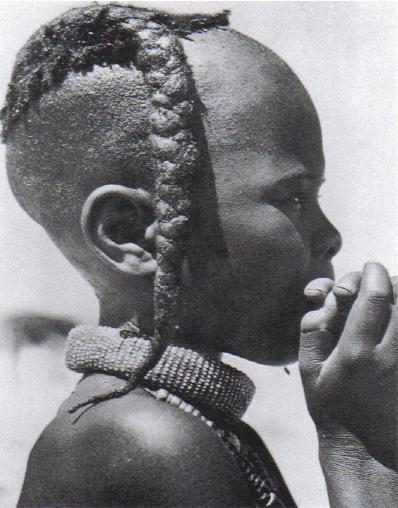
African hairstyle namibia
As a member of the Black culture, I admit we often take the significance and maintenance of hair to another level. But this is not of our own will. In fact, the importance of hair in the Black community can be traced back to our African ancestors.
And the history of the affair begins…. The origin of this love affair can be traced back to Africa. It seems only natural that the “affair” would begin here, since most blacks were transported from the west coast of Africa. Although the textures of their hair varied greatly, the Africans expressed similar views on the cultural and social significance of their hair.

African hairstyle
Serpa Pinto, Alexandre Alberto Da Rocha De, 1846-1900, artist Source Title: History of Mankind, by Friedrich Ratzel, translated from the second German edition by A. J. Butler, with an introduction by E. B. Tylor, Publisher: New York: Macmillan, 1896-1898.
Social significance “In the early fifteenth century, hair served as a carrier of messages in most West African societies” (Tharps and Byrd 2001) These Africans–citizens from the Mende, Wolof, Yoruba, and Mandingo—were all transported to the “New World” on slave ships. Within these communities, hair often communicated age, marital status, ethnic identity, religion, wealth, and rank in the community. Hairstyles could also be used to identify a geographic region.
For example, in the Wolof culture of Senegal, young girls partially shaved their hair as an outward symbol that they were not courting (1). “And the Karamo people of Nigeria, for example, were recognized for their unique coiffure—a shaved head with a single tuft of hair left on top.” (1) Likewise, widowed women would stop attending to their hair during their period of mourning so they wouldn’t look attractive to other men. And as far as community leaders were concerned, they donned elaborate hairstyles. And the royalty would often wear a hat or headpiece, as a symbol of their stature.
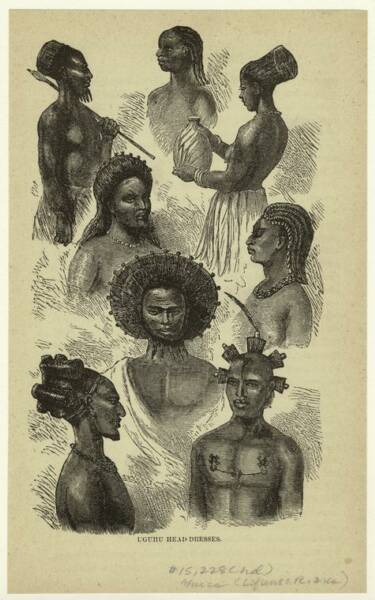
African hairstyle Ugogo
Aesthetic significance Just as the social significance of hair was important, so was its aesthetic appeal. According to Sylvia Ardyn Boone, an anthropologist who specializes in the Mende culture of Sierre Leone, “West African communities admire a fine head of long, thick hair on a woman. A woman with long thick hair demonstrates the life force, the multiplying power of profusion, prosperity, a ‘green thumb’ for bountiful farms and many healthy children” (Tharps and Byrd 2001) However, there was more to being beautiful than having long tresses. One’s hair also had to be neat, clean, and arranged in a certain style. These styles included, but were not limited to, cornrows, and other braided styles.
They also adorned the hair with ornaments such as beads and cowrie shells.

African hairstyle Ugogo east
Spirtual Significance Just as hair was elevated for social and aesthetic reasons, its spiritual connection also served to heighten its significance. Many Africans believed the hair a way to communicate with the Divine Being. According to Mohamed Mbodj, an associate professor of history at Columbia University and a native of Dakar, Senegal, “the hair is the most elevated point of your body, which means it is the closest to the divine.” Consequently, many thought communication passed through the hair. Many believed a single strand of hair could be used to cast spells or inflict harm.
This explains why hairdressers held and still hold prominent positions in the community. For those who do not know, styling and grooming black hair is often complicated and time consuming. This time spent at the hairdresser often results in close bonds between the stylist and the client. It is important to note that “unstyled” and unkempt hair was largely unseen, as were scarves and “headwraps.” Therefore, one can conclude that the hair was not meant to be covered.

African hairstyle fante woman
Damaging Effects of the Slave Trade As the study of American history has revealed, the slave trade not only inflicted physical damage, but it also left emotional and psychological scars. The most devastating scar, that is still reflected today, is that done to the slave’s self-image. This is especially true as it relates to hair and skin color.
As they both became the framework for determining race.
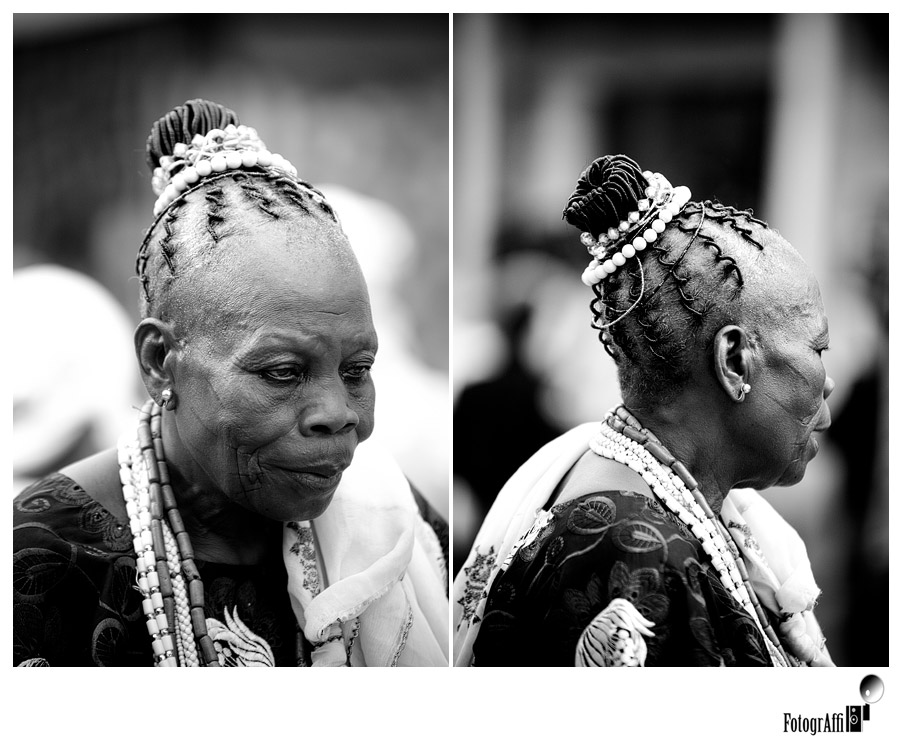
African hairstyle Osun Oshogbo
Slave owners often described the Africans’ hair as being “woolly”, thus likening them to animals.
These and other terms would later be used to justify the inhumane treatment of the slaves.
After years of repression and constantly seeing those with “straight hair” and “light skin” afforded better opportunities, the slaves began to internalize these words.
Ultimately, self-hatred began. In an effort to educate others about black hair and to celebrate its diversity.

African- American hairstyle
SOME AFRICAN TRIBAL HAIRSTYLES

African hairstyle Fulani West Africa

African hairstyle Igbo Nigeria
A coiffure is perfected by various decorations: cowries, beads, mother-of- pearl buttons, medals, pieces of silver, amber balls, metal rings, and pins of wood, bone or ivory.
In the West African Sahel, the Fulbe and Peul (Fulani) cultivate impressive hairstyles.
For purposes to do with magic, a man or woman may also attach amulets to certain hairdos. The more elaborate coiffure includes braids, crests, curls, cascades, chignons, and vertical cornrows.
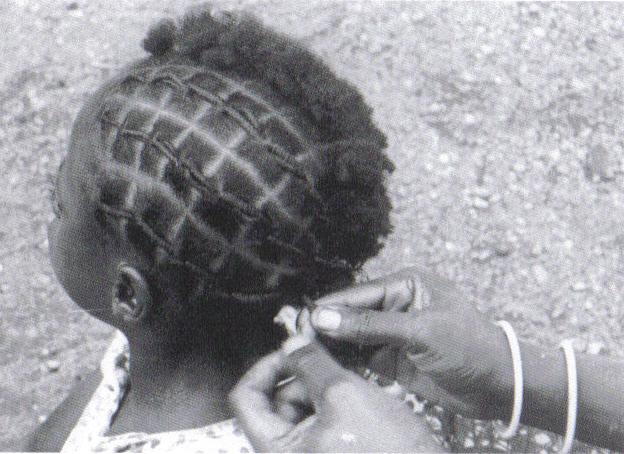
African hairstyle museum
Through the terms braiding, twisting, plaiting, and reverse braiding are often interchangeably, they actually describe different means of styling the hair.
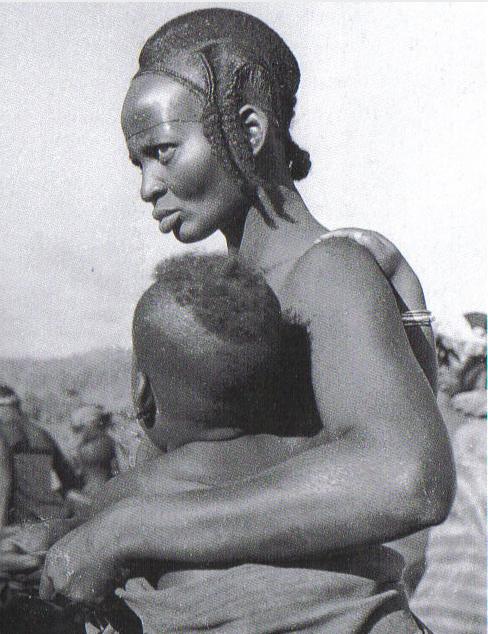
African hairstyle Ivory Coast
The variety of the coiffures is apparent once again in the picture of a woman and child from Biankuma (northern Dan). The woman’s high forehead, lined with a braids at each side, between the ear and the cheek.
The child on its mother’s arm has short- trimmed hair but also a braid turned forward on top of its head.

African hairstyle West Africa
The coiffure of the wife is very artful: her high, arched forehead is lined with a series of braids that end in the neck, while the top of her head is covered with many separated braids that are interwoven at the back, creating an excellent chignon at the base of the neck.
The two braids descend along her face.

African hairstyle Congo

African hairstyle Nasara Congo
The wive’s of the Zande rulers south of Bomokandi wore their hair in a style that, like the Mangbetu coiffures, involved braiding their own hair along with “foreign” strands in the shape of a disc.
This coiffure, call bagbadi, was in fact a fan- shaped wig, but was rarely taken off. The disc was attached to the hair with a few loose knots.
Photo and text from the book Hair in African Art and Culture, Edit by Roy Sieber and Frank Herreman, The Museum for African Art, New York, 2000

African hairstyle Namibia

African hairstyle Sudan
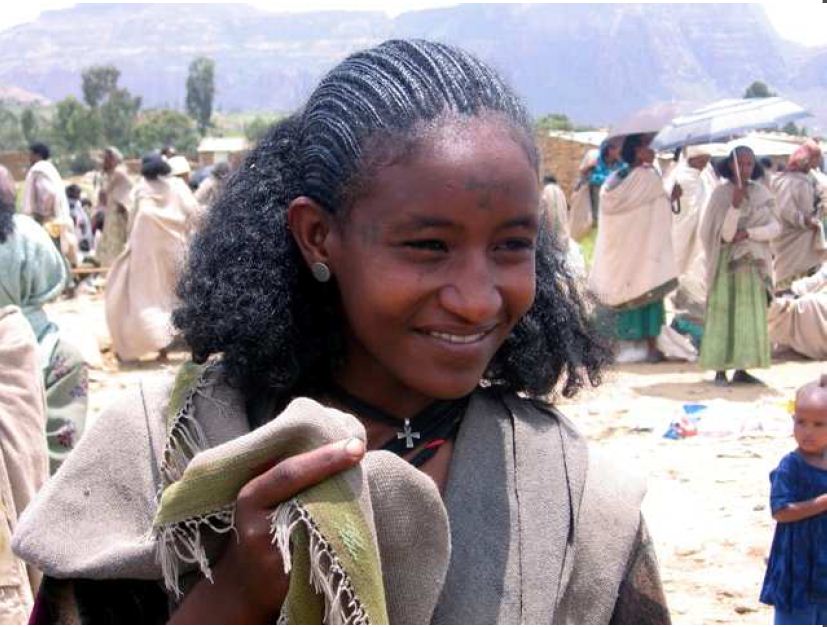
African hairstyle Ethiopia

African hairstyle Nupe Women Nigeria
Visit the historical and archaeological sites ofAxum (Aksum).
The ancient city marks the location of the heart of ancient Ethiopia, when the kingdom of Axum was the most powerful state between the eastern Roman empire and Persia.
The archaeological and historical attractions in Axum include: the archaeological museum, the magnificent monolithic steles and obelisks, the tombs of King Kaleb and King Gebre Meskal, the legendary bath of Queen of Sheba and the ruins of her palace.
The 16th century cathedral St.
Mary of Zion, the holiest church in Ethiopia is said to host the original Ark of the Covenant. The churches and monasteries of Axum are richly endowed with icons and historical crowns of ancient emperors. Source: African Adventure Tours.
OTHER AFRICAN TRIBAL HAIRSTYLES
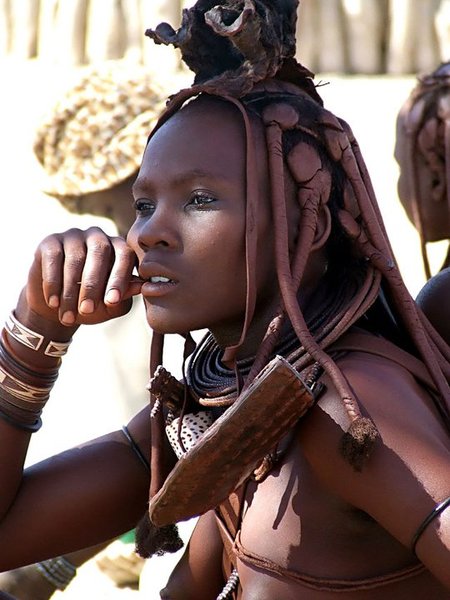
African old hairstyle West African
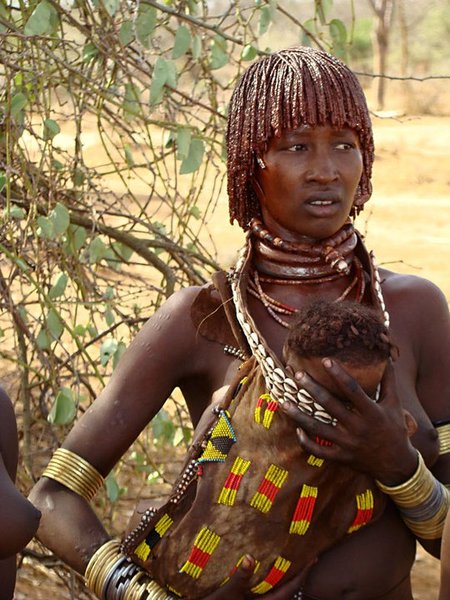
African hairstyle West Africa

African hairstyle Nigerians Girl with Traditional hairstyle

African hairstyl Mangbetu
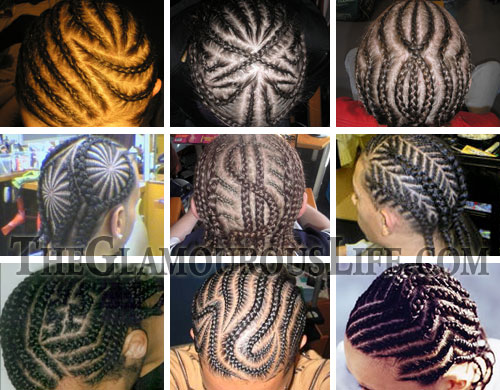
African hairstyle Braid

African hairstyle Fante Gold Coast women 1895
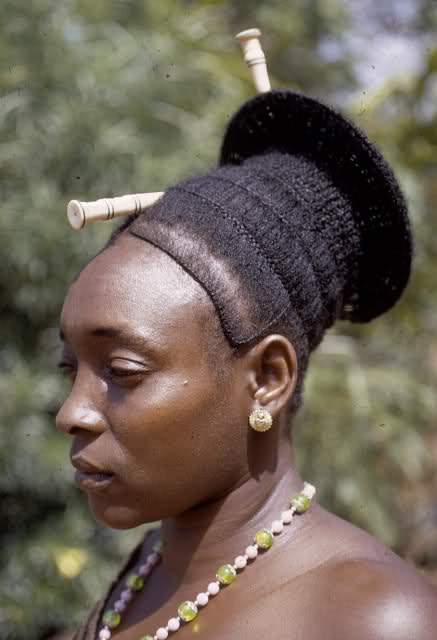
African hairstyle Traditional
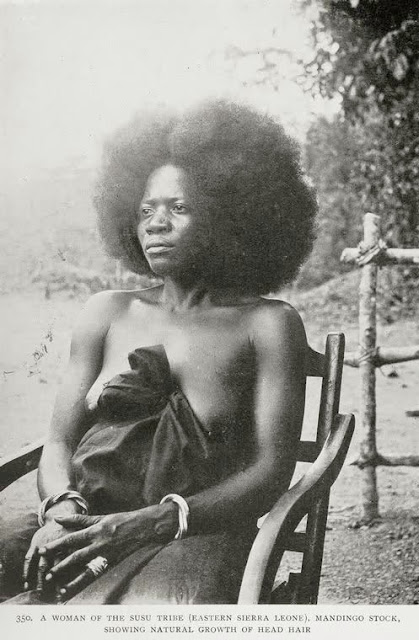
African hairstyle
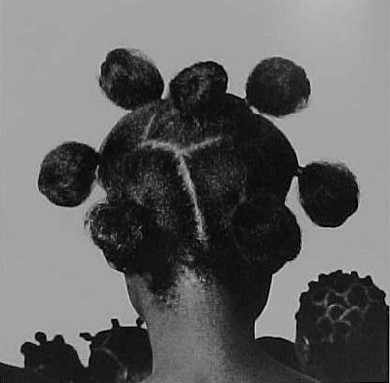
African hairstyle

African hairstyle

African hairstyle Central African Republic
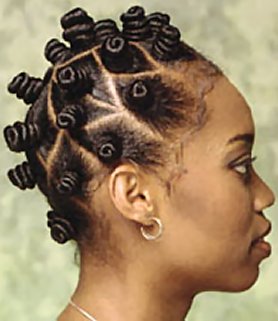
African hairstyle
African hairstyle Afro Colombian

African hairstyle Alicia keys
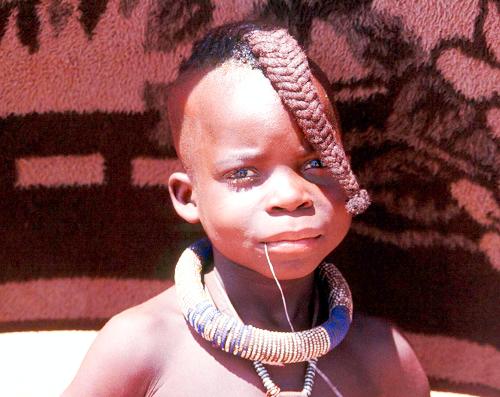
African hairstyle Himba Tribe

African hairstyle Ghana

African hairstyle Angola
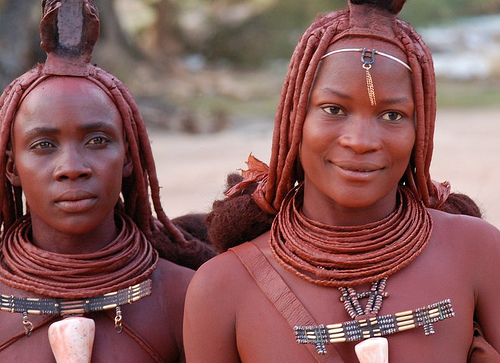
African fashion hairstyle
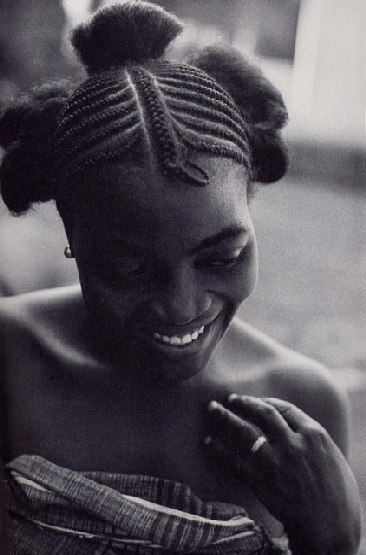
African hairstyle Mande woman
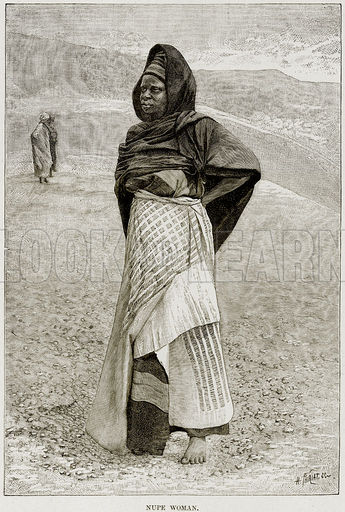
African hairstyle Nupe Woman Nigeria

African hairstyle Fante Ghana

African hairstyle Ghana
African hairstyle Bodi woman

African hairstyle Ghana Fante
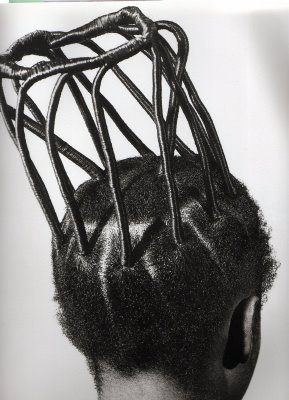
African girl hairstyle
African hairstyle Bodi girl
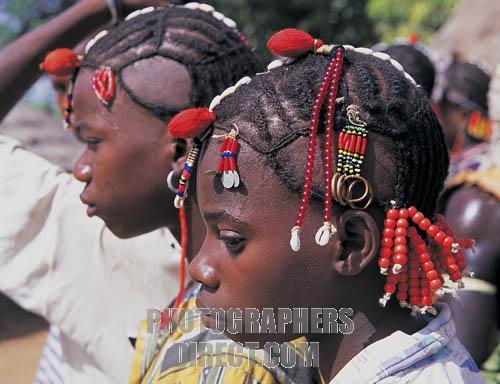
African hairstyle Bedik men

African Dinka and Nuer hairstyle

African hairstyle Bamana woman
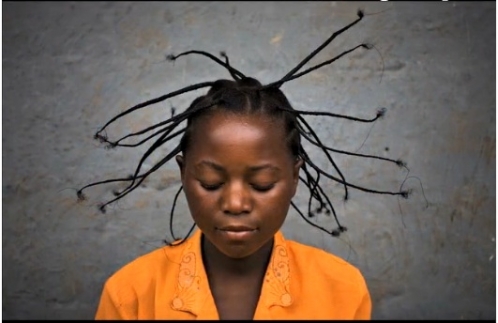
African hairstyle Cono girl

African hairstyle Congo girl

African hairstyle little girl

African hairstyle Akan
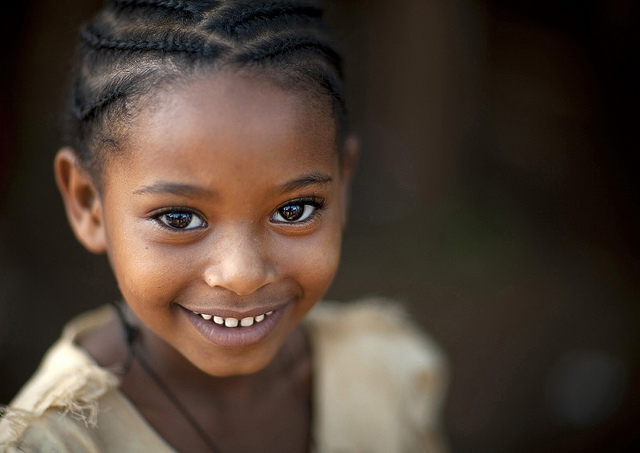
African hairstyle Ethiopia girl

African hairstyle

African hairstyle Fulani Nigeria

African hairstyle Gurunshi

African hairstyle Karamojong

African children hairstyle
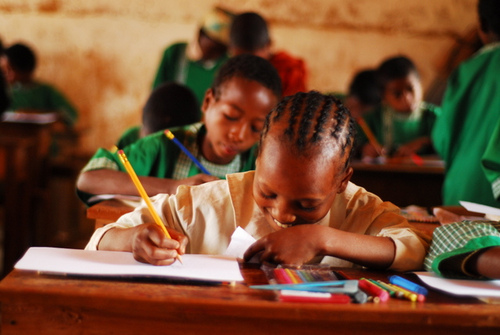
African hairstyle Children

Africa hair style
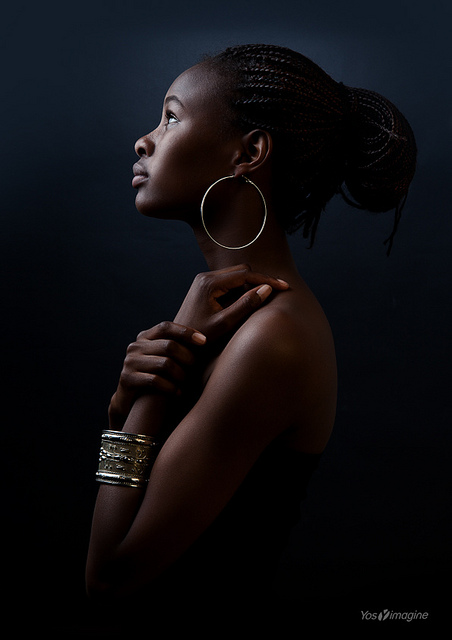
African hair styles
.jpg)
African hairstyle Turkana

African hairstyle
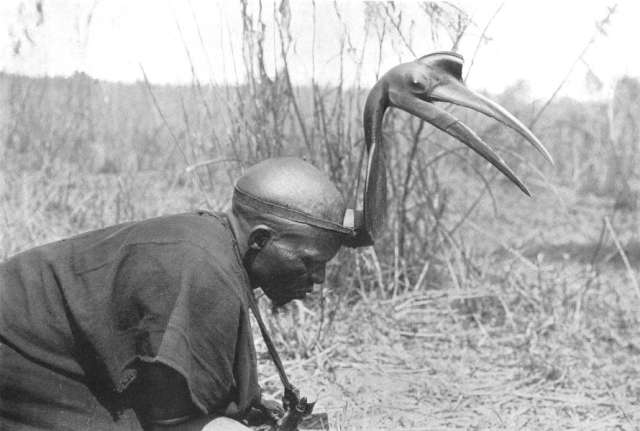
African hairstyle Nupe man Nigeria

African hairstyle Himba
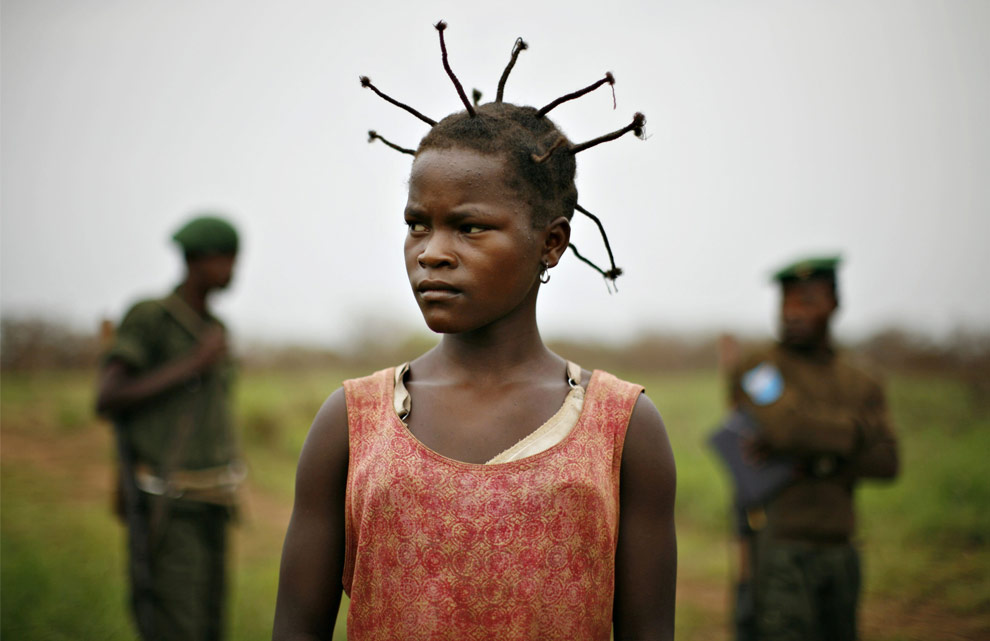
African hairstyle Girl
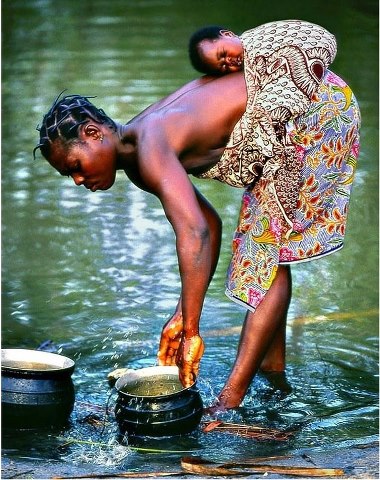
African hairstyle Mande
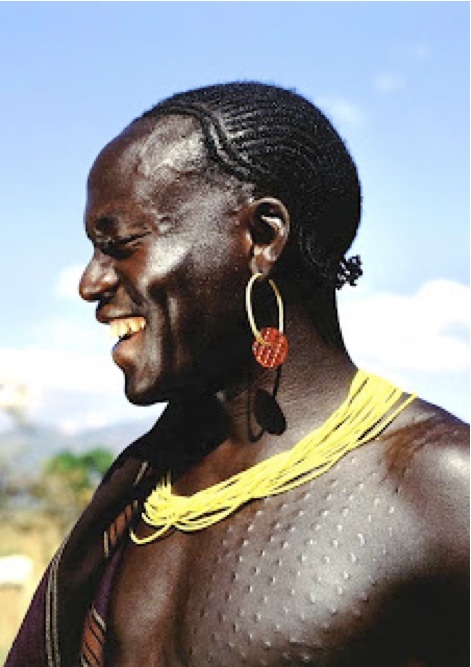
African hairstyle Karamajong
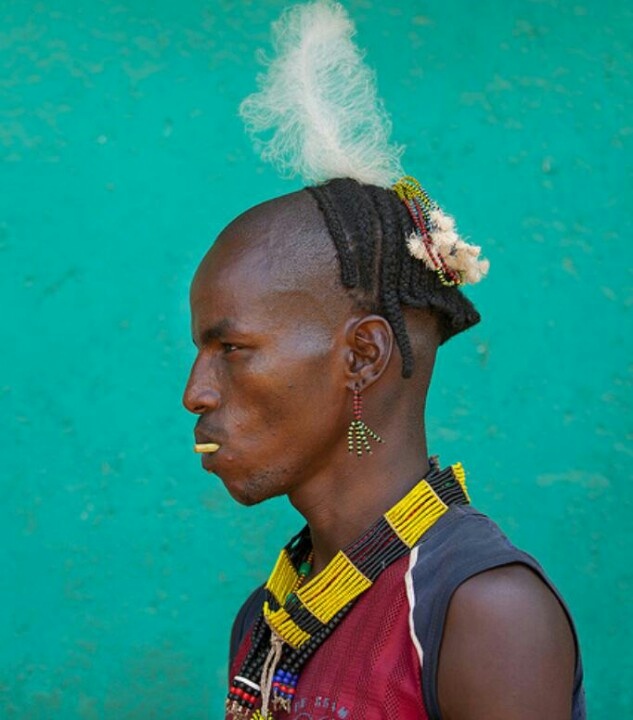
African hairstyle Hamer

African hairstyle Karamajong

African Turkana woman
African Pokot waman
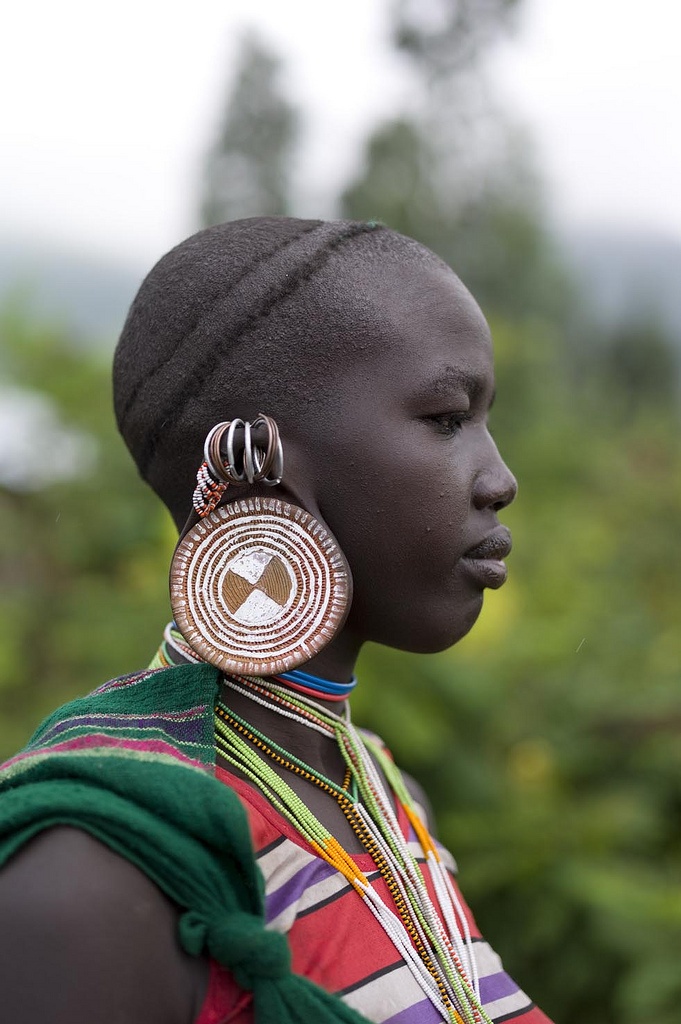
African hairstyle Nursi woman
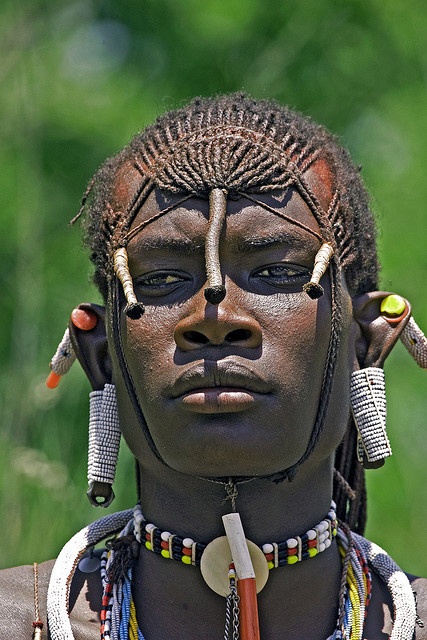
African hairstyle Masaai woman
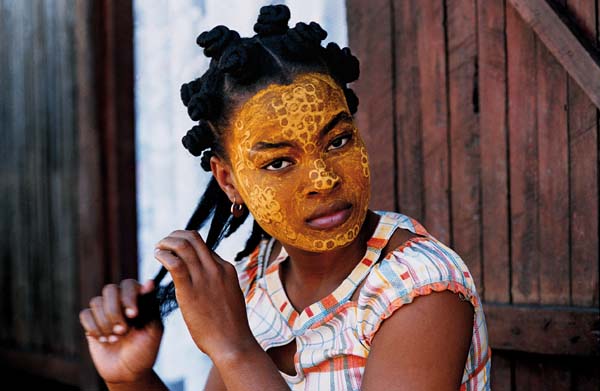
African hairstyle Skavalava
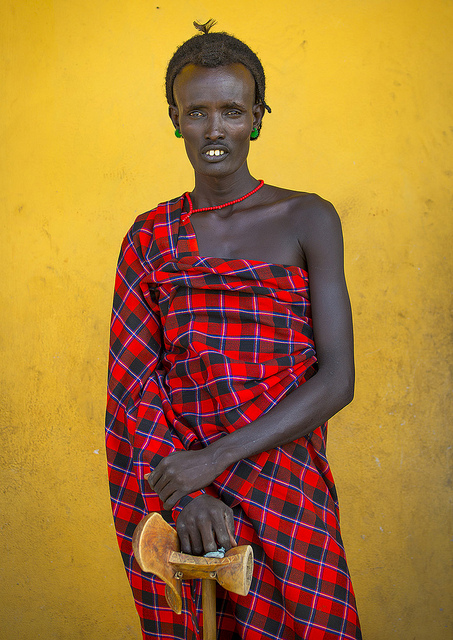
African hairstyle Dassanech
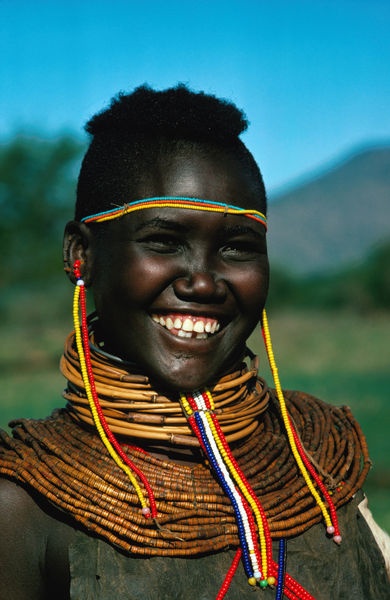
African hairstyle Kalenjin
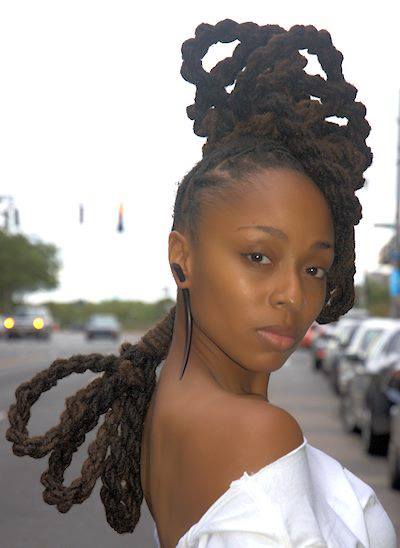
African hairstyle

African hairstyle Tsemay Ethiopia

African hairstyle Zulu South Africa

African hairstyle Soho
African hairstyle Bodi girl/b>

African hairstyle Kavango

African hairstyle
